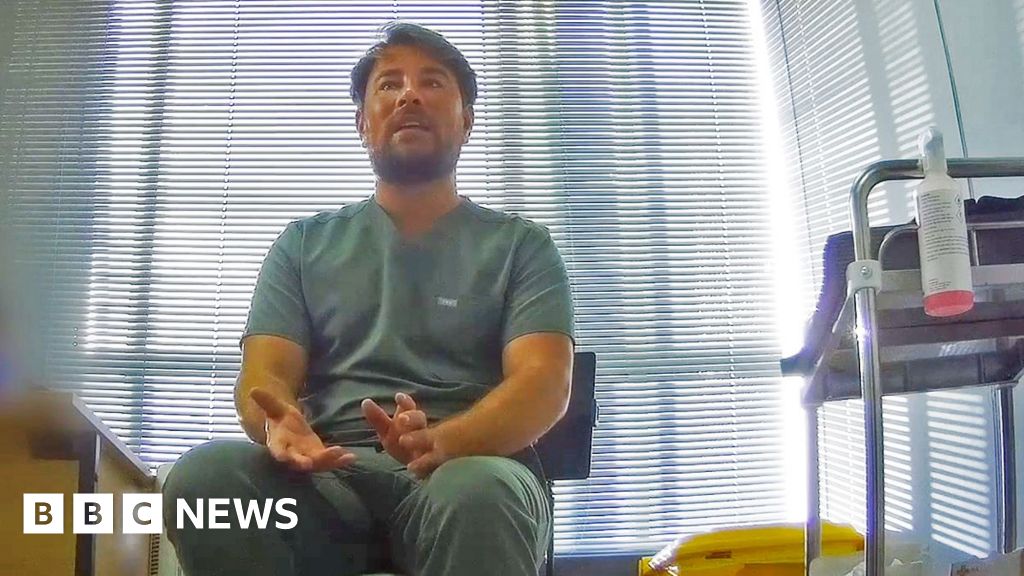Nigeria has recorded 143 confirmed cases and 22 deaths from Lassa fever across seven states between 30 December 2024 and 12 January.
The Nigeria Centre for Disease Control and Prevention (NCDC) disclosed this in its latest situation report published on its website.
According to NCDC, one healthcare worker was affected in the reporting week two, during which new confirmed cases increased from 54 in week one of 2025 to 89.
Annual Lassa fever outbreaks often involve infections and fatalities among healthcare workers. In 2024, NCDC data indicated that 35 healthcare workers were affected by the disease.
More details
The NCDC noted that the cumulative deaths recorded represent a Case Fatality Rate (CFR) of 15.4 per cent, lower than the CFR of 16.4 per cent for the same period in 2024.
The report revealed that the disease predominantly affects individuals aged 21 to 30. It also noted a decrease in the number of suspected cases compared to the same period in 2024.
The report stated that seven states have recorded at least one confirmed case across 32 Local Government Areas (LGAs) in 2025.
Nigerians need credible journalism. Help us report it.
Support journalism driven by facts, created by Nigerians for Nigerians. Our thorough, researched reporting relies on the support of readers like you.
Help us maintain free and accessible news for all with a small donation.
Every contribution guarantees that we can keep delivering important stories —no paywalls, just quality journalism.
The states affected are Ondo, Edo, Taraba, Bauchi, Gombe, Kogi, and Ebonyi.
Data also shows that 77 per cent of all the confirmed cases were reported from three states: Ondo, Edo and Bauchi, while 23 per cent were reported from four states with confirmed cases.
Of all the 77 per cent of the confirmed cases, Ondo accounted for 38 per cent, Edo, 22 per cent and Bauchi, 17 per cent.
Response, challenges
The NCDC noted that the National Lassa fever multi-partner, multi-sectoral incident Management System has been activated to coordinate response at all levels at the Emergency Operation Centre (EOC).
READ ALSO: Lassa Fever: Nigeria records 54 new cases, 10 deaths in one week
It highlighted some of its challenges in the fight against Lassa fever, which include late presentation of cases leading to increased CFR and poor health-seeking behaviour.
Others are poor environmental sanitation conditions and poor awareness observed in high-burden communities.
About Lassa Fever
Hemorrhagic viral disease, commonly known as Lassa fever, is transmitted to humans through contact with contaminated food or household items that are infected or even direct contact with its patient.
Its symptoms include fever, headache, sore throat, general body weakness, cough, nausea, vomiting, diarrhoea, muscle pains, chest pain, and, in severe cases, unexplainable bleeding from ears, eyes, nose, mouth, and other body openings.
Support PREMIUM TIMES' journalism of integrity and credibility
At Premium Times, we firmly believe in the importance of high-quality journalism. Recognizing that not everyone can afford costly news subscriptions, we are dedicated to delivering meticulously researched, fact-checked news that remains freely accessible to all.
Whether you turn to Premium Times for daily updates, in-depth investigations into pressing national issues, or entertaining trending stories, we value your readership.
It’s essential to acknowledge that news production incurs expenses, and we take pride in never placing our stories behind a prohibitive paywall.
Would you consider supporting us with a modest contribution on a monthly basis to help maintain our commitment to free, accessible news?
TEXT AD: Call Willie - +2348098788999

















 English (US) ·
English (US) ·